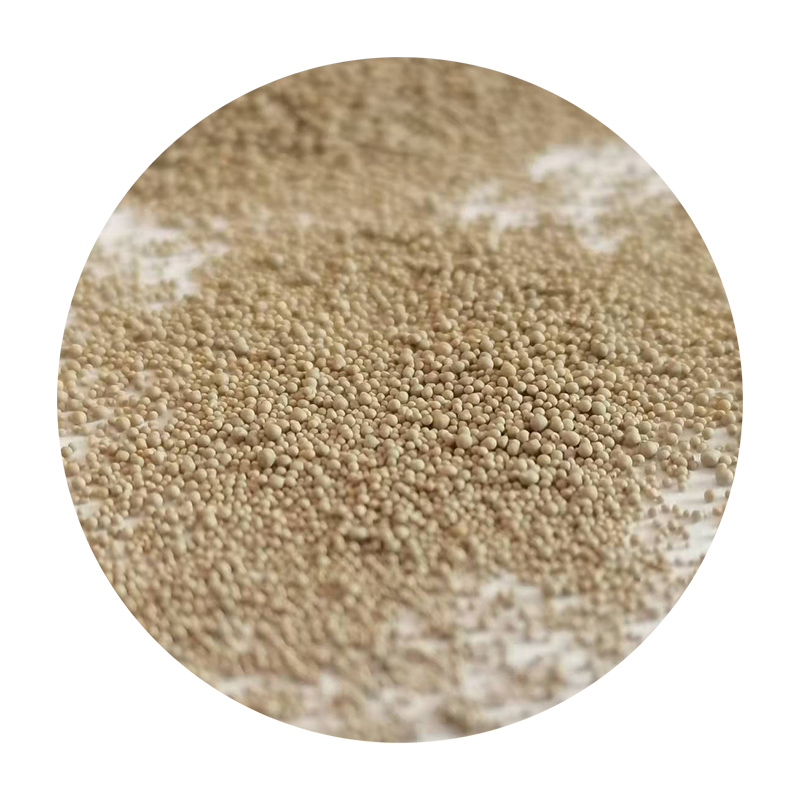Sanding Ceramic A Comprehensive Guide
Sanding ceramic is an essential process in the manufacturing and finishing of ceramic materials. It involves the smoothing and polishing of ceramic surfaces to achieve the desired finish and quality. This article will delve into the various aspects of sanding ceramics, including its importance, techniques, tools, and best practices.
Importance of Sanding Ceramic
Sanding plays a crucial role in achieving a high-quality finish for ceramic products. It helps to remove any imperfections, such as rough edges, bumps, and scratches, that may occur during the manufacturing process. A well-sanded ceramic surface not only enhances the aesthetic appeal but also contributes to the overall durability and functionality of the product. Moreover, proper sanding can improve the adhesion of glazes and other coatings, leading to a more polished final product.
Techniques for Sanding Ceramic
There are various techniques employed in the sanding of ceramics, each suitable for different types of materials and finishes. Some commonly used techniques include
1. Wet Sanding This technique involves using water or a lubricant while sanding, which helps to reduce dust and prevent the sanding surface from clogging. Wet sanding is particularly effective for achieving a smooth finish on ceramic tiles and pottery.
2. Dry Sanding Unlike wet sanding, this method involves sanding without any lubrication. While it generates more dust, it allows for more control over the sanding process. Dry sanding is often used for initial shaping and roughing out surfaces.
3. Hand Sanding This traditional method involves using sandpaper by hand to manually sand the ceramic surface. It is a time-consuming process but allows for precision and control, making it ideal for intricate designs and delicate pieces.
4. Machine Sanding Using electric sanders or rotary tools can significantly speed up the sanding process, especially for larger ceramic products. This method is efficient but requires skill to avoid over-sanding or damaging the ceramic.
Tools for Sanding Ceramic
Several tools are commonly used for sanding ceramics, including
- Sandpaper Available in various grits, sandpaper is the most basic and widely used tool for sanding ceramics. It is crucial to start with a coarser grit and gradually move to finer grits for a smooth finish.
sanding ceramic

- Sanding Blocks These provide a stable surface for holding the sandpaper and are particularly useful for flat surfaces. They help distribute the pressure evenly and prevent finger indentations.
- Electric Sanders For larger projects, electric sanders can save time and effort
. Orbital sanders and belt sanders are popular choices for sanding ceramic surfaces quickly.- Diamond Pads These specialized pads are designed for polishing ceramics and can provide a high-gloss finish. They are often used in the final stages of sanding.
Best Practices for Sanding Ceramic
To achieve the best results when sanding ceramic, consider the following tips
- Choose the Right Grit Starting with a coarser grit and gradually moving to finer grits will help achieve a smooth finish without gouging the surface.
- Keep the Surface Clean Regularly clean the sanding surface to remove dust and debris, as this can cause scratches.
- Use Even Pressure Apply consistent and even pressure while sanding to avoid uneven surfaces.
- Test on Scrap Material Before sanding the final product, practice on scrap pieces of ceramic to perfect your technique.
- Wear Protective Gear Always wear a mask and eye protection when sanding to avoid inhaling ceramic dust and to protect your eyes from particles.
Conclusion
Sanding ceramic is a vital process that enhances the aesthetic and functional quality of ceramic products. By understanding the techniques, tools, and best practices involved in sanding ceramics, manufacturers and artisans can achieve an exceptional finish that meets the standards of both beauty and durability. Whether you are a hobbyist or a professional, mastering the art of sanding ceramics will undoubtedly elevate your craft.
Post time:syys . 26, 2024 19:47
Next:Песчаная каста
